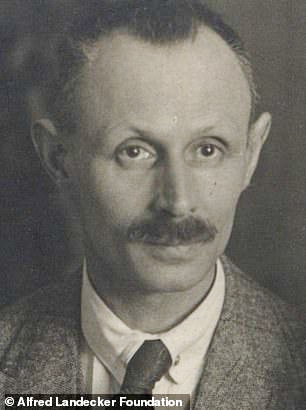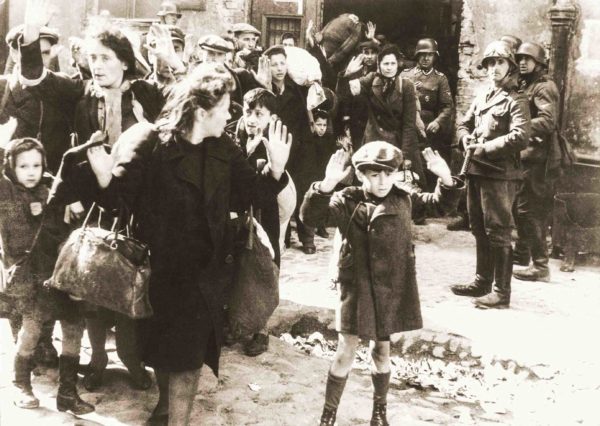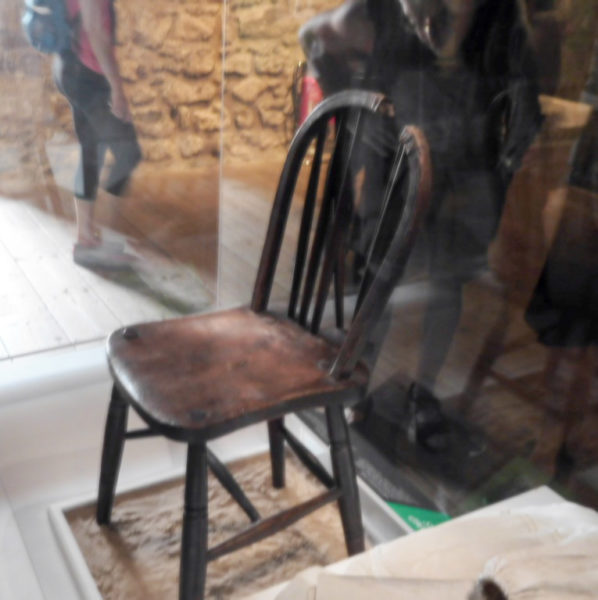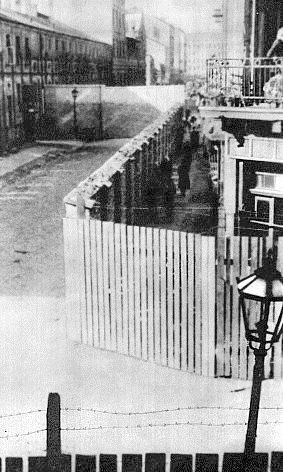The three children were aware their maternal grandfather, Alfred Landecker, had been murdered by the Nazis sometime in 1942. But when they pushed their mother for further information about that infamous period of time and growing up Jewish in Germany, her response was always, “stop talking about that old stuff.” The children ultimately inherited their father’s company, but it wasn’t until several of them ordered an exhaustive investigation into their firm’s wartime activities that they uncovered the ties their father and his father had to Hitler and its use of forced labor. This is the international company that today owns Panera Bread and Krispy Kreme Donuts among hundreds of other well-known consumer brands.
Did You Know?
Did you know that that French fries did not originate in France? Nope, French fries ⏤ I knew them as “pommes frites” while growing up in Holland ⏤ were invented during the seventeenth century in Belgium. However, the French were responsible for the term “French kissing” ⏤ you know, the open-mouth smooch. At this point, you should hide this blog from the kids.
It seems the term “French kiss” entered the English language in 1923. It was coined by ex-pat American men who enjoyed their dallies with French women (in France, it was just called a kiss). The French it seemed, were more comfortable with tongue action than those uptight Americans.
However, it wasn’t until after World War II that the term and practice caught on in the United States. The popularity of French kissing was brought home by the G.I.’s who served in France and other parts of Europe (I’m sure they brought other things home as well). The Academie Français has yet to formally accept a name to denote a French kiss but I don’t think that will put a dent into practicing this time-honored adult activity.
French kissing is honored on International Kissing Day every year. So, if you want to have fun at least once a year, do it on the sixth of July.
We now return control of this blog to you and the kids. Until two weeks at the same time and day, when we will take you to ⏤ another “Did You Know?”
The Maternal Grandfather
Alfred Landecker (1884-1942) was Jewish and a German citizen (at least until 1935 when the Nazis stripped German Jews of their citizenship), a World War I veteran, and a very successful accountant/businessman. He married Maria who was Catholic, and together, they had three children: Emilie or, “Emmy” (1922-2017), Gerda (b. 1923) and Wilhelm or, “Willi” (1925-2016). Maria died in 1928 and Alfred raised the children by himself. Under Nazi Jewish laws, the children were considered to be Jewish. So, Alfred had his three children baptized in the Catholic church. Once that was accomplished, Alfred transferred ownership in all his possessions to the children. Alfred and the children tried to flee Germany, but he couldn’t afford the cost to leave. As a Jew, Alfred was not allowed to work so the teenager, Emmy, had to go to work in late 1940.



In early April 1942, Alfred received a letter informing him of the date he would be deported. Willi later recalled the Gestapo knocked at the door of the family’s apartment in Mannheim on 24 April and demanded to know, “Is the Jew Alfred Israel Landecker here?” Alfred presented himself and the Gestapo agent asked him, “So, you dirty Jew, are you ready to take a trip?” Alfred hugged his son and told him to say goodbye to Emmy and Gerda. Read More “Nazi Love Children”



